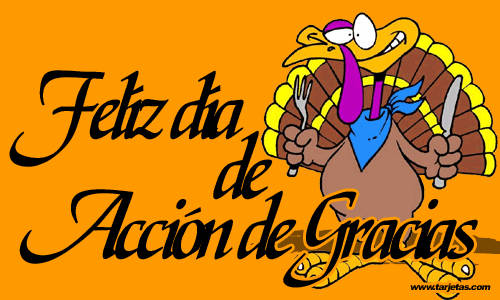
Storytelling is a fantastic strategy to advance quickly in Spanish. Why? Because in the process of learning to do lively readings or act out stories, you are intensifying the development of oral and literacy skills. Combining these skills makes a HUGE difference.
However, not all story based materials are created equal. I have designed this selection of classic stories specifically for parents and children to learn Spanish together. I am inviting both parents and students to try this FREE version designed for ipad of "The Little Red Hen," or "La Gallina Roja."
This app features:
* Everyday language a dialogue at a kid's level.
* A "pause" button so you can replay shorter chunks of texts.
* Vibrant, comic-style illustrations, providing strong non-verbal cues to reinforce comprehension.
* Voice over by native actresses for a captivating effect and to model native speech.
* Easy toggle between English and Spanish to check for meaning when stuck.
* Divided into scenes so you can concentrate on one section at a time for easy reenactment.
Strategies to focus on after downloading:
* Personal interaction: Children learn languages best through personal interaction. Even older children and adults benefits from "Learning Buddies."
* Animate your story reading/telling sessions. Make pretend voices, act out some parts, wear wigs; be as animated and lively as possible.
* Use your Spanish! Make a point of using the words that stick with you in daily life. DO NOT worry about speaking with perfect grammar or pronunciation, usage is what is more important at this point.
* Play the story frequently. This is both to train your ear to the flow of real Spanish in action and also to imprint large volumes of Spanish grammar, intonation, and cultural flair, etc., in your brain (a lot of this will take place unconsciously).
* Set personal learning goals. For example: "This week I will learn at least 5 new expressions."
Challenge yourself as you become more strategic in your learning. You could even keep a language learning journal and keep track of the progress you have made. It would be gratifying to see how far you have come!
























